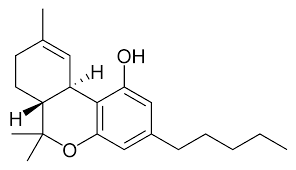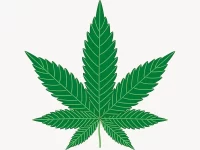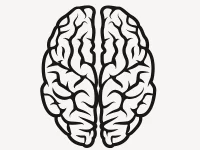Bud, dope, reefer, Mary Jane, cannabis — our country’s history with this leafy green plant is as diverse and plentiful as its names. The 1936 film “Reefer Madness” follows a group of high schoolers who are pressured into smoking marijuana, subsequently falling into lives of crime, self-harm, and madness. President Reagan’s “War on Drugs” of the 1980s spiraled into the criminalization of marijuana, resulting in the incarceration of millions of young, primarily African-American, men for minor cannabis use. Today, weed is less controversial yet ubiquitous among youth — try taking a deep breath in the Boston Common on the days succeeding April 20th.
Despite 20th century efforts to rid the nation of cannabis, 24 states have legalized adult recreational use of the drug as of November 2023. Regulation of tetrahydrocannabinol (THC), the main psychoactive compound in cannabis products, has softened. There has also been a consistent interest in scientific research into cannabis’s purported therapeutic effects. Popular studies have associated THC with pain relief, anti-nausea, and anti-anxiety. At the same time, many people have certain beliefs about cannabis that have been proven as myths — “You can’t get addicted to weed,” “It’s good for you,” or “It’s not as bad as alcohol.” Aligning with these myths, the CDC reports that 37% of U.S. high school students regularly use marijuana as of 2019. But the weed that young people are smoking today is not your grandmother’s reefer. Today’s cannabis is a different beast.
It wasn’t until the 1960s that scientists discovered what people actually liked about marijuana: the THC. THC’s structure mimics that of anandamides, endogenous molecules that fit perfectly with cannabinoid receptors on certain neurons. When THC molecules attach to these receptors, the brain releases a surge of dopamine. In short, like any addictive drug, THC activates the brain’s reward system.
Cannabis manufacturers and retailers quickly realized that highly concentrated THC products were in demand. Prior to the 1980s, the THC content in most strains of cannabis was less than 2%. Compare that to the concentrated products of today — edibles, oils, dab pens — where the THC content can reach 95%. According to Dr. Elizabeth Stuyt, an addiction psychiatrist and professor at the University of Colorado’s Health Science program, there are “significant consequences of long-term or heavy marijuana use beginning in adolescence.” In teenagers who regularly use cannabis products, THC has been found to impair development of the prefrontal cortex, the portion of the brain that controls judgment, learning, and emotions. Studies also associate adolescent THC use with reduced hippocampus size, leading to “disturbances in hippocampal–dependent learning and memory.”
Many young people have begun to notice THC’s detrimental effects on cognition. On TikTok, many high school and college students talk about the “cartdemic,” an era from 2020-2021, when the sale of THC vape pen cartridges was extremely unregulated among teens. Self-proclaimed victims of this “cartdemic” note that overusing their dab pen led to long-term verbal and cognitive deficiencies such as slow thinking, slurred speech, stuttering, and memory loss. In a similar vein, a 2017 study by researchers at Yale found that students who used cannabis had a significantly lower GPA than students who did not. Students’ GPA dropped further if they used cannabis and consumed alcohol, as many college students do.
When it comes to cannabis, it is difficult to separate fact from fiction. It is even harder to determine if knowing the consequences of excessive THC consumption will deter teens and young adults from using the drug. What is known is this: society does not talk about cannabis the way it talks about other addictive drugs. The way weed is advertised today recalls a time from the past when cigarettes were “physician-tested” and opiates were prescribed for the common cold. Only deeper, long-term research can uncover the truth about THC.
Issues like this are rarely black and white. Sometimes, they are several shades of green.






